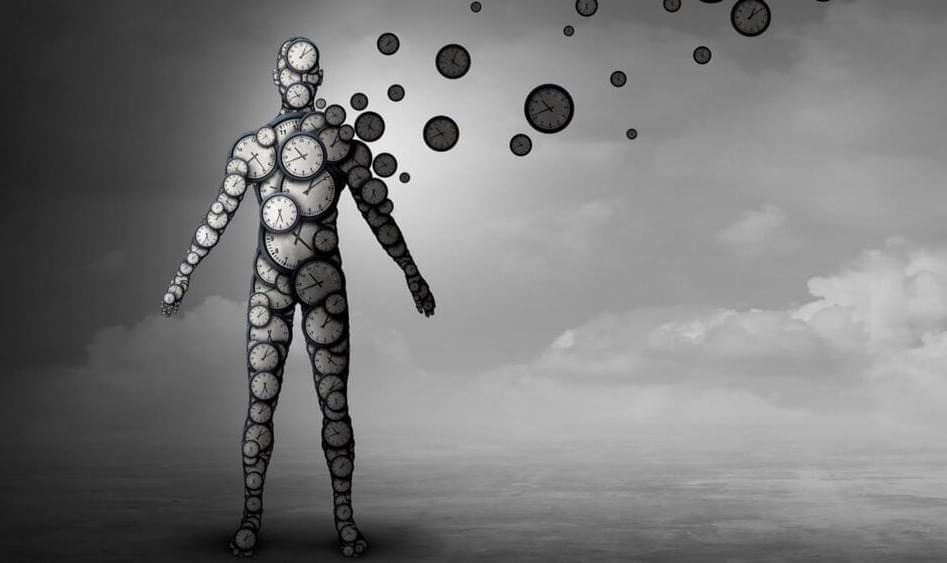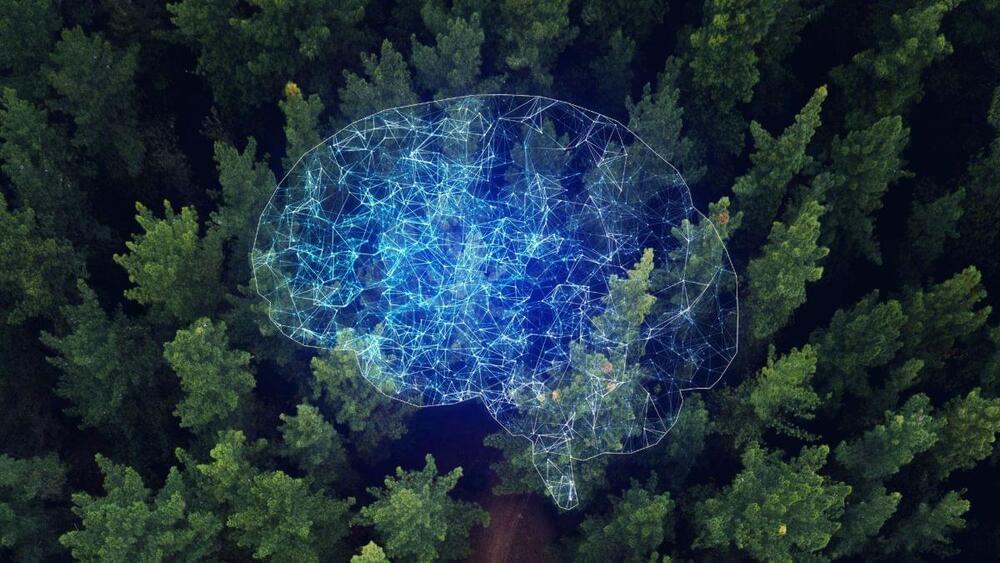Through the integrated use of sensors, closed-circuit television network, automatic licence plate readers and facial recognition software, all of which feed data into a central control room, the Safe City project helps authorities predict incidents and take preemptive action against crime or violence, said Dr Major Ahmed Al Shamsi, head of Safe City Project at Abu Dhabi Police.
“The project was launched three years ago and currently covers 85 per cent of the emirate’s infrastructure. It has helped reduce traffic incidents and fatalities, patrol areas more efficiently and take action to prevent untoward occurrences,” he told Gulf News on the sidelines of the Abu Dhabi Smart City Summit.
The two-day summit is seeing the attendance of 400 experts, with the focus on the technological advances and innovations that are improving the quality of life in the UAE capital. Organised by Abu Dhabi emirate’s municipalities sector regulator, the Department of Municipalities and Transport (DMT), the Summit has already seen the launch of driverless taxis on Yas Island, as well as the signing of other agreements with technology developers like Huawei, Bayanat and G42.



